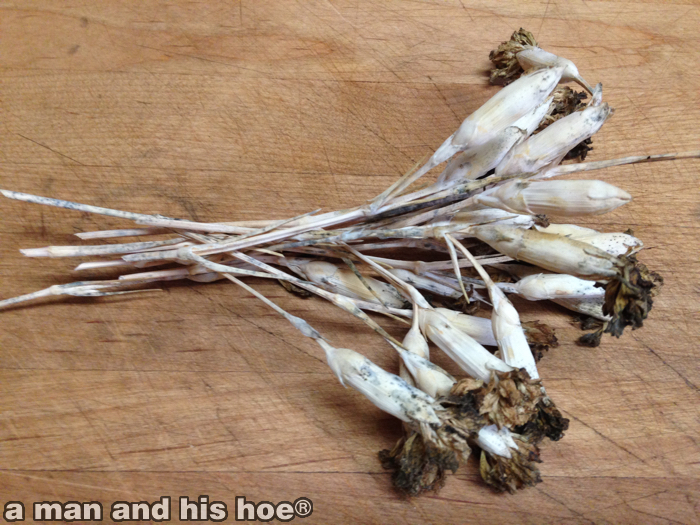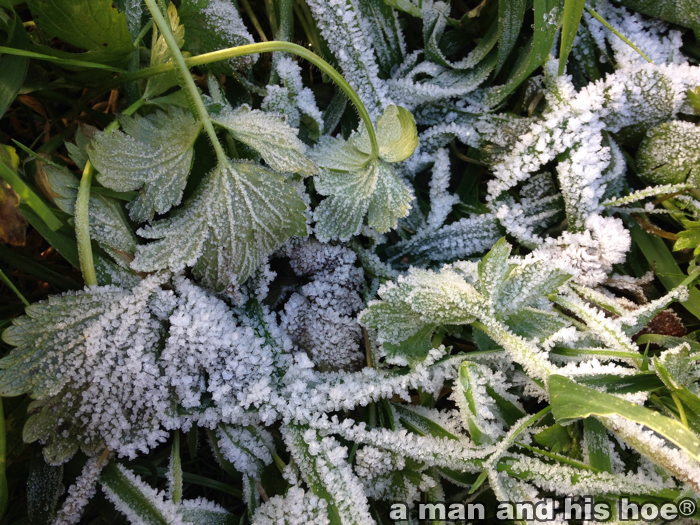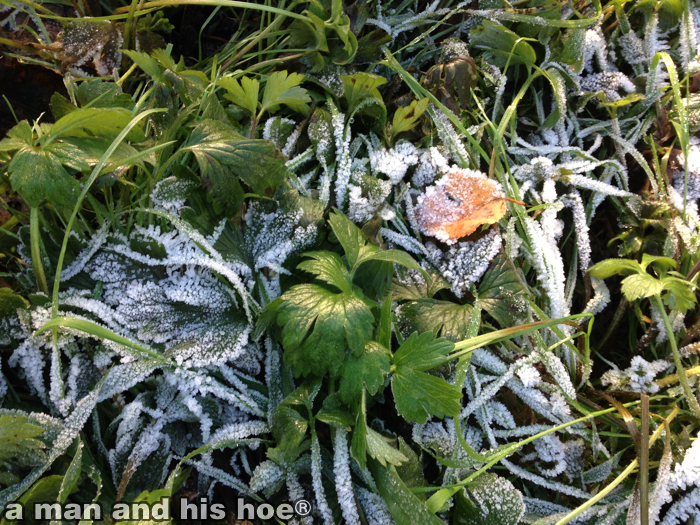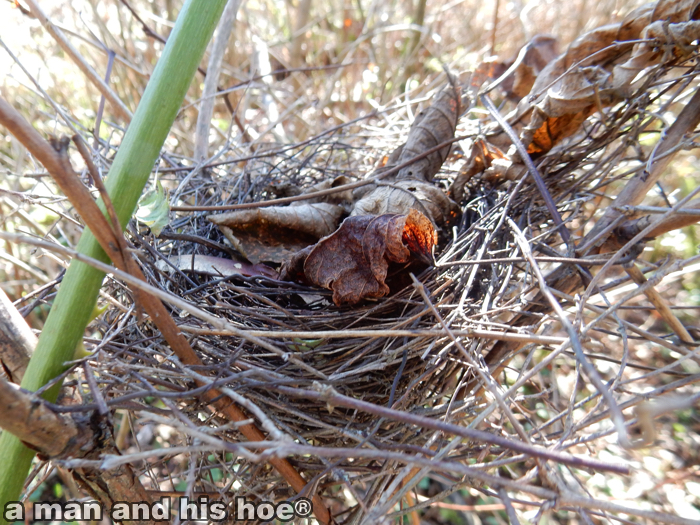
It’s a cool, blustery, wet day … a perfect day if you are a swan. The muddier it is, the more they like it. All winter long, the swans root through fields, finding food to eat. It makes me wonder where the swans ate before the valley forest was logged and made into fields. According to the Trumpeter Swan Society:
Adult swans eat aquatic vegetation, including the leaves, seeds, and roots of many types of pond weeds. In captivity, swans will eat corn and other grains provided. Wild swans have also adapted to field feeding, eating left over grains and vegetables that have been harvested by farmers.
So around here, they must have congregated along the mouths and banks of the Skagit river, eating there. They aren’t birds to waddle through forests.
For the young gray ones, the cygnets, this is their first trip south of the arctic. They have come with their parents, and will fly back north in the spring with them. Sometime during the summer, their parents will drive them away so they can hatch and raise a new brood. The young swans will stay together in sibling groups until they mature and start families of their own.

- See: The Trumpeter Swan by Sumner Matteson, Scott Craven and Donna Compton








